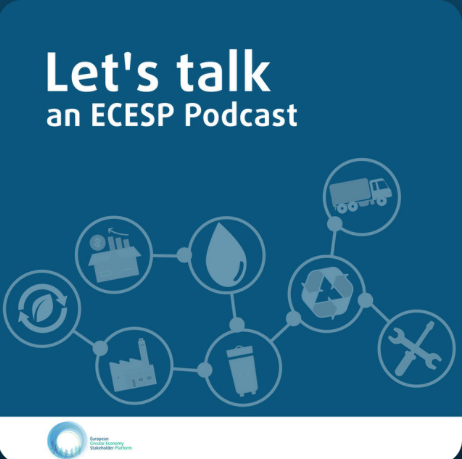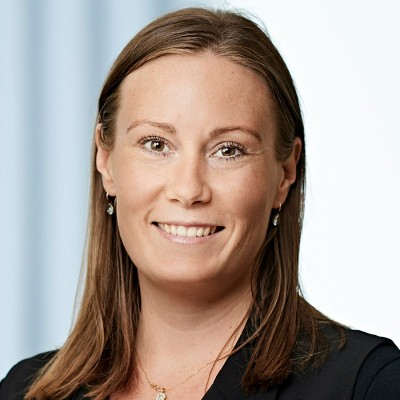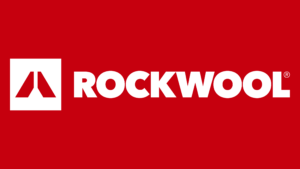“Leveraging circular construction to achieve EU’s 2050 goals” – the first episode of the ECESP podcast is out!
September 15, 2023
The transition to a circular economy is not an easy task and it requires all actors onboard. But it’s a crucial one to ensure the achievement of EU’s 2050 sustainable goals when it comes to climate and biodiversity.
European Circular Economy Stakeholder Platform (ECESP) published its first podcast episode in the series ‘Let’s talk’: Leveraging circular construction to achieve EU’s 2050 goals, where the importance of shifting from the common linear economic system to a circular one is underlined.
Joined by two exceptional guests and senior ECESP members – Hubert Bukowski, Research Director at INNOWO, and Anne-Sofie Gregersen, Group Sustainability Manager – Circularity at ROCKWOOL – our colleague Emma Gervasi leads the discussion on challenges and opportunities for EU’s circular construction. In particular, this conversation that unfolds analyses the obstacles experienced by enterprises in creating and scaling up circular solutions in the sector, and the urgency of moving forward to lower the considerable environmental impact of buildings and infrastructure.
Download the podcast here: https://open.spotify.com/show/0wY3wJELJEMTSpeGh7GdsJ

“What is needed next is to ensure that circular innovations and initiatives become the norm. And we’ll never stop repeating it: it’s with a circular construction sector that we can achieve our common 2050 goals”
Emma Gervasi, HCH Project Manager and member of the Coordination Group on CRMs
For the success of the EU’s 2050 goals we need circularity
Europe wants to become the first carbon-neutral continent in the world, and the European Green Deal is the driving plan. By 2050, the EU has established a legally binding goal to have net-zero emissions of greenhouse gasses. Achieving these ambitious targets requires an economic transformation, and among the solutions circular economy is pre-eminent.
Unfortunately, in the EU’s construction sector, circularity is not yet mainstream, so companies are faced with multiple barriers. But what are these obstacles? How can they be overcome? What steps should be taken to accelerate the transition?
Those are the questions that the first episode of ECESP dives deep into. Holland Circular Hotspot, INNOWO, and ROCKWOOL, analysed the obstacles to making this circularity the norm, and acknowledged how the transition is not easy but necessary.
When considering the transition to circularity in the construction sector six barriers are highlighted, namely:
- Lack of economies of scale – the current vicious cycle, where high prices for circular materials don’t lower until the scale of our production and consumption don’t rise, makes the transition difficult. There is urgency in fighting the linear approach that we inherited from the previous economic model and systems.
- The unfavorable financing model – the one that is currently used in the construction sector is based on this division between the investors and the users, considered as two separate parties. This division causes the once long-term approaches and investments to become only interested in short-term profit.
- Asymmetry of information – investors use this system to their advantage, to gain profit from the users, as they are often not too punctilious.
- Retrieving non-virgin materials from the market – although reusing materials is fundamental in terms of halting biodiversity loss, the combination of low manufacturing prices and low landfill prices, does not provide any incentive for companies to find another solution that is greener and more convenient.
- Lack of harmonised and clear definitions – in the context of durability, reuse, recyclability, and recycled content, there is not an explicit explanation of what is needed, and what incentives a company can gain by using non-virgin materials and in claiming them as recycled content.
Therefore, to face those challenges, the next advocated steps are:
- Greenwashing controls – there is a need for general awareness both internally and externally, as it is crucial to avoid making claims that are not verified.
- Progress from both technological and socio-economic aspects – digitalization and technologies are needed to increase the amount and flow of truthful information. Similarly, to involve stakeholders in mutually beneficial cooperation it is important to demonstrate the advantages that the circular concept has over a linear economic model.
Construction and Demolition waste accounts for more than a third of all waste generated in the EU, which makes it a key issue to tackle now!
Anne-Sofie Gregersen, Group Sustainability Manager - Circularity at ROCKWOOL
About ROCKWOOL
ROCKWOOL is a leader in stone wool solutions covering building insulation, industrial and technical insulation for the process industry, marine, and offshore, customized solutions for industrial applications, wall and facade systems, engineered fibers solutions, and vibration control.
The product portfolio of the company strives to tackle many of today’s biggest sustainability and development challenges: energy consumption, noise pollution, and water scarcity. While preserving the sustainability of the product, ROCKWOOL addresses many of the big issues of modern living.

About INNOWO
INNOWO (Institute of Innovation and Responsible Development) is a non-governmental organization operating in the area of supporting the development of innovation and the implementation of system changes for sustainable socio-economic development.
It cooperated with various groups of stakeholders to initiate joint actions to improve the situation of society and the environment. INNOWO believes in the cause of fostering a circular economy, therefore, it is part of the European Circular Economy Stakeholders group.

